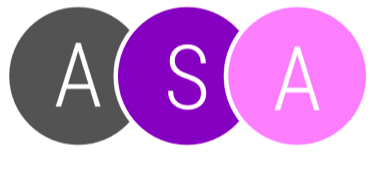Argininosuccinate Lyase Deficiency
also know asArgininosuccinic Aciduria (ASA),
is a rare genetic disorder caused by a lack of or damage to the enzyme Argininosuccinate lyase.To minimize the build up of ammonia in the blood, people with ASA are prescribed a low protein diet and Arg is carefully monitored.
This App is designed to support families and children with ASA on protein restricted diets.
What is ASA?

Argininosuccininate Lyase deficiency, also know as Argininosuccinic Aciduria (ASA), is a rare genetic disorder caused by a lack of or damage to the enzyme Argininosuccinate lyase (ASL). Read more on ASA via this link.
The Argininosuccinate lyase (ASL) enzyme initiates a chain of reactions that make up the urea cycle.
Due to ASL’s role in the urea cycle it is part of a group of disorders known as the Urea Cycle Disorders.
When the ASL does not release Arg, the rate of the urea cycle decreases. As this reaction takes place early in the urea cycle, all the following compounds in the cycle are affected.
Arg is broken down later in the urea cycle and the molecule ornithine (which restarts the urea cycle).
Arg is often supplemented to increase the urea cycle activity to compensate for the lack of ASL.
Untreated people with Cit-1 may present, but are not limited to, symptoms of NAGS may appear as early as the first few days of such as lack of appetite, irritability, laboured breathing, lethargy, and vomiting.
Symptoms for ASL, particularly hyperammonemia, may occur soon after birth.
Untreated people with ASA may present, but are not limited to, symptoms such as lack of appetite, irritability, laboured breathing, lethargy (tiredness), vomiting and node-like fragile hair (trichorrhexis nodosa).
Why a diet?

To minimize the build up of ammonia in the blood, people with ASA are prescribed a low protein diet and Arg is carefully monitored.
People living with ASA are prescribed their daily protein restriction by their doctor or dietitian. These daily goals often need to be changed based on each person’s nutritional needs and age requirements.
Calculating and tracking protein intake can be a very hard and troublesome task for those with protein-restricted diets.
We hope this App makes daily protein counting and meal planning easier for people following low protein diets.
For whom?

This App is designed to support families and children with ASA on protein restricted diets.
This App is not a substitute for the health care provided by your medical team!
